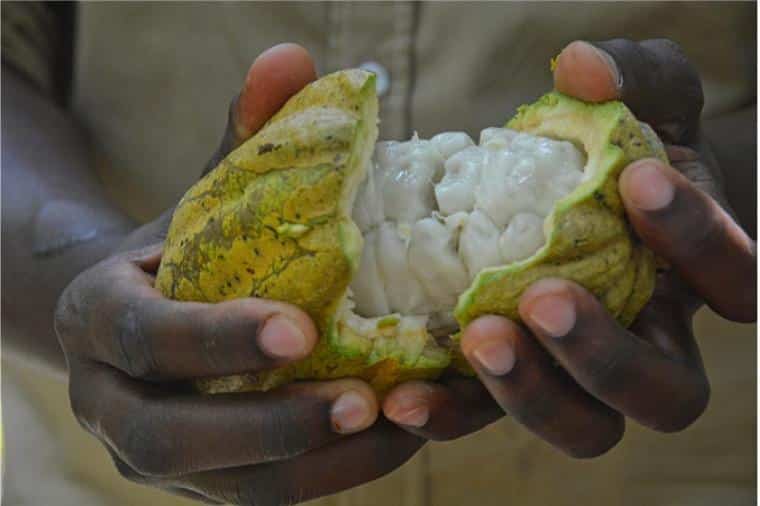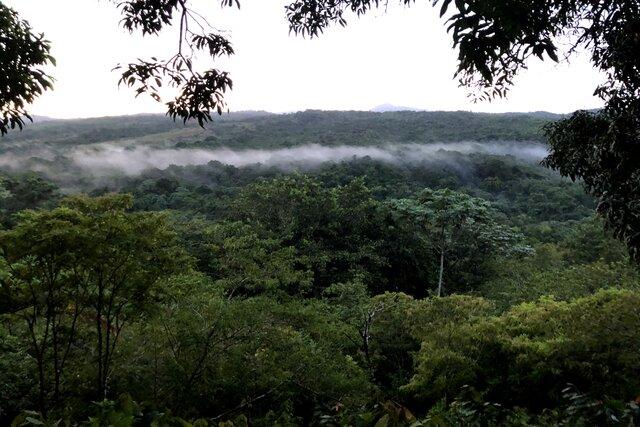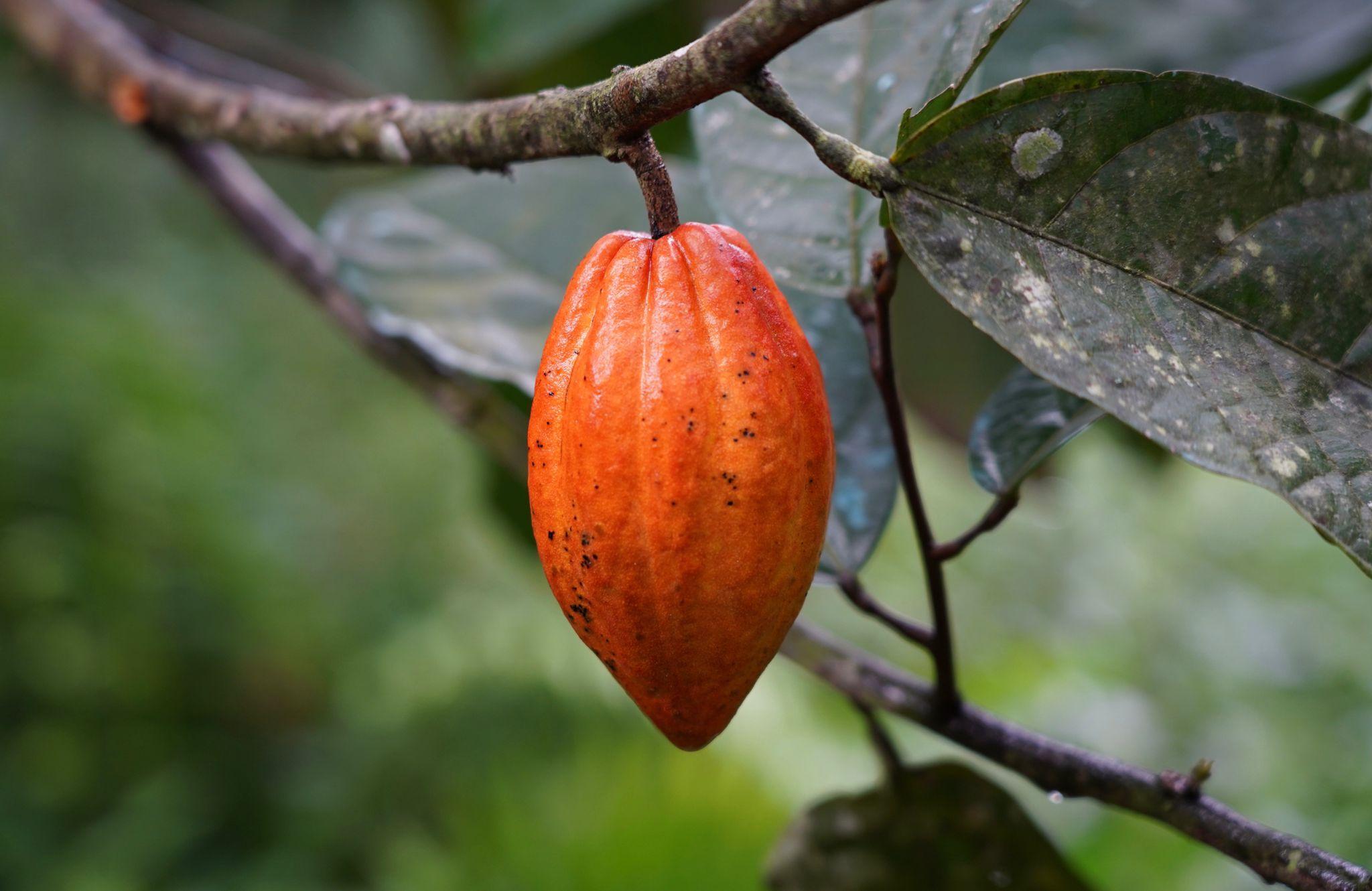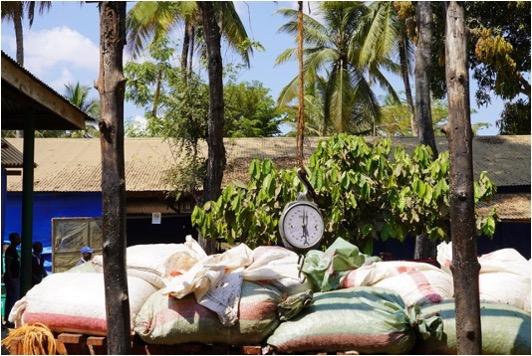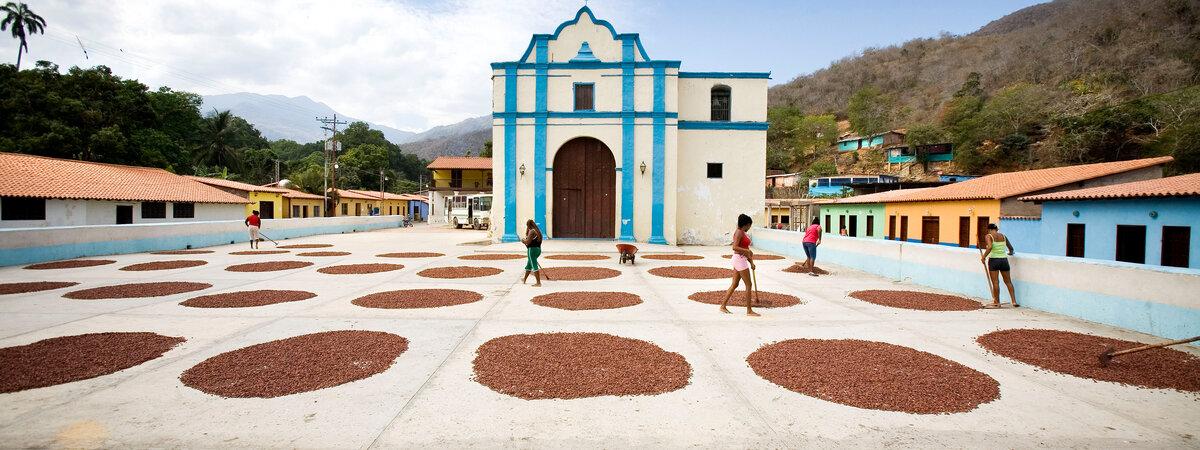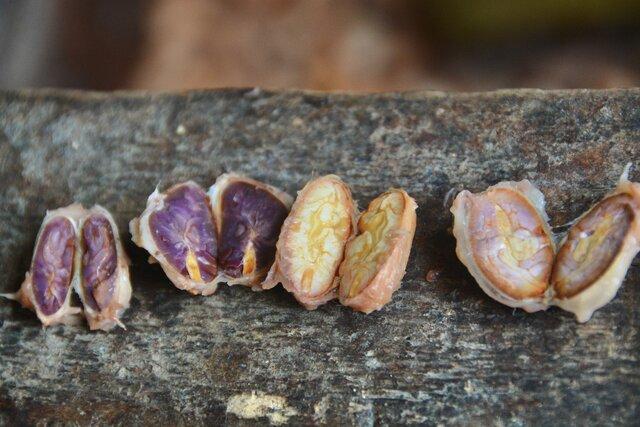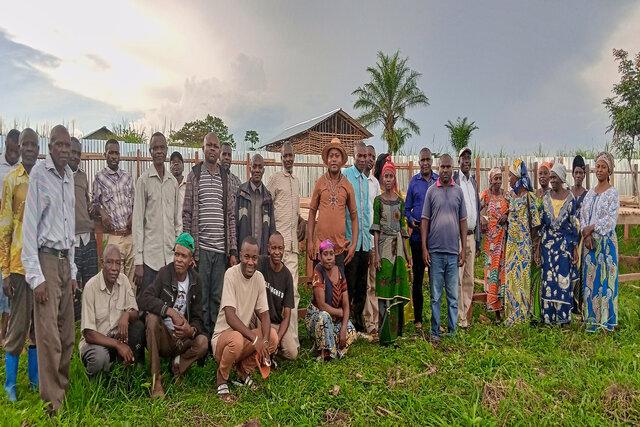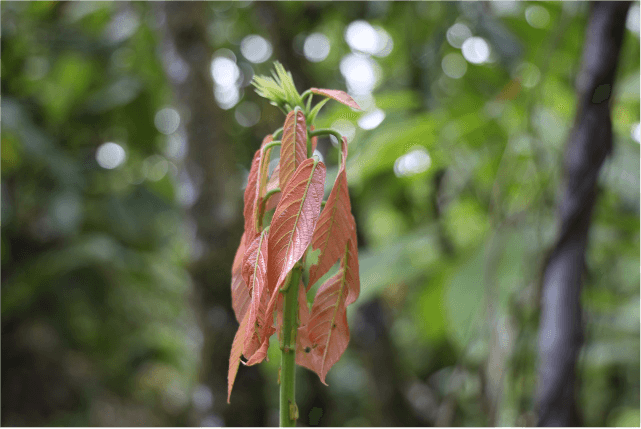Uganda: Launching a Brand New Cacao Origin
The fresh cocoa harvest from Uganda has just arrived in the port of Antwerp and is ready to be shipped and turned into delicious chocolate! The start of 2022 is a great moment to introduce you to these brand new cacao.

